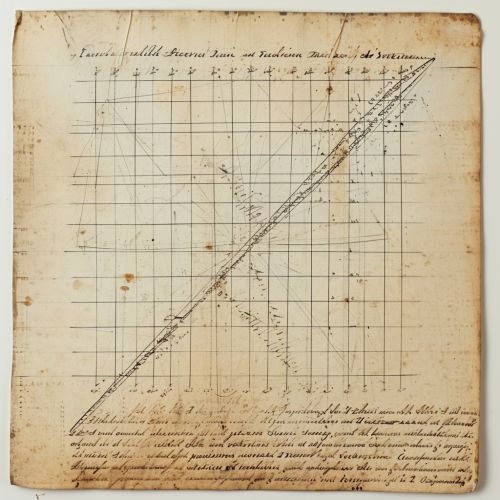Induction (mathematics)
Introduction
Mathematical induction is a method of mathematical proof typically used to establish that a given statement is true for all natural numbers (positive integers). It is a form of direct proof, and it is done in two steps. The first step, known as the base case, proves the statement for the first natural number. The second step, known as the inductive step, proves that, if the statement is assumed to be true for any one natural number, then it can be proven for the next natural number. The method can be extended to prove statements about more complex structures than just natural numbers.


Principle of Mathematical Induction
The principle of mathematical induction is based on the well-ordering principle, which states that every non-empty set of positive integers contains a least element. This principle is a fundamental axiom in the system of natural numbers and it is equivalent to the principle of mathematical induction.
The principle of mathematical induction can be stated formally as follows: Let P(n) be a property that is defined for every integer n greater than or equal to a certain integer n0. If the following two conditions are satisfied, then P(n) is true for every integer n ≥ n0.
1. Base case: P(n0) is true. 2. Inductive step: For every integer k ≥ n0, if P(k) is true, then P(k + 1) is true.
Applications of Mathematical Induction
Mathematical induction is used in a wide range of mathematical disciplines, including algebra, calculus, number theory, and combinatorics. It is a powerful tool for proving theorems and propositions that are defined for all natural numbers.
For example, in algebra, mathematical induction is often used to prove that a given property holds for all polynomials of a certain form. In calculus, it can be used to prove that a formula holds for all derivatives of a function. In number theory, it is used to prove properties of integers, such as the fact that every integer greater than 1 is a product of prime numbers. In combinatorics, it is used to prove properties of combinatorial structures, such as the fact that the number of subsets of a set with n elements is 2^n.
Proof by Induction
A proof by induction consists of two steps: the base case and the inductive step.
1. Base case: The base case is the statement of the property for the smallest integer in the set under consideration. This is usually the number 1, but it can be any integer, depending on the problem. The base case is usually easy to prove directly.
2. Inductive step: The inductive step is the most important part of the proof. It involves assuming that the property holds for a certain integer k (the inductive hypothesis), and then proving that it also holds for the next integer, k + 1. This step usually involves some algebraic manipulation or other mathematical techniques.
Strong Induction
A variant of the principle of mathematical induction is the principle of strong induction, also known as complete induction or course-of-values induction. In strong induction, the inductive step involves assuming that the property holds for all integers from the base case up to a certain integer k, and then proving that it also holds for the next integer, k + 1. This method can be more powerful than ordinary induction, because it allows the use of more information in the inductive step.
Well-Ordering Principle
The well-ordering principle is a fundamental property of the natural numbers, and it is equivalent to the principle of mathematical induction. It states that every non-empty set of positive integers contains a least element. This principle is used in many proofs in number theory and other areas of mathematics.
Limitations and Criticisms
While mathematical induction is a powerful method of proof, it does have its limitations and has been subject to some criticisms. For example, it can only be used to prove statements that are defined for all natural numbers. It cannot be used to prove statements about real numbers, complex numbers, or other mathematical objects that are not countable. Furthermore, some mathematicians have criticized the use of the well-ordering principle, which is equivalent to the principle of mathematical induction, as being too strong an assumption.
See Also
Peano's axioms Well-ordering principle Proof theory Number theory
